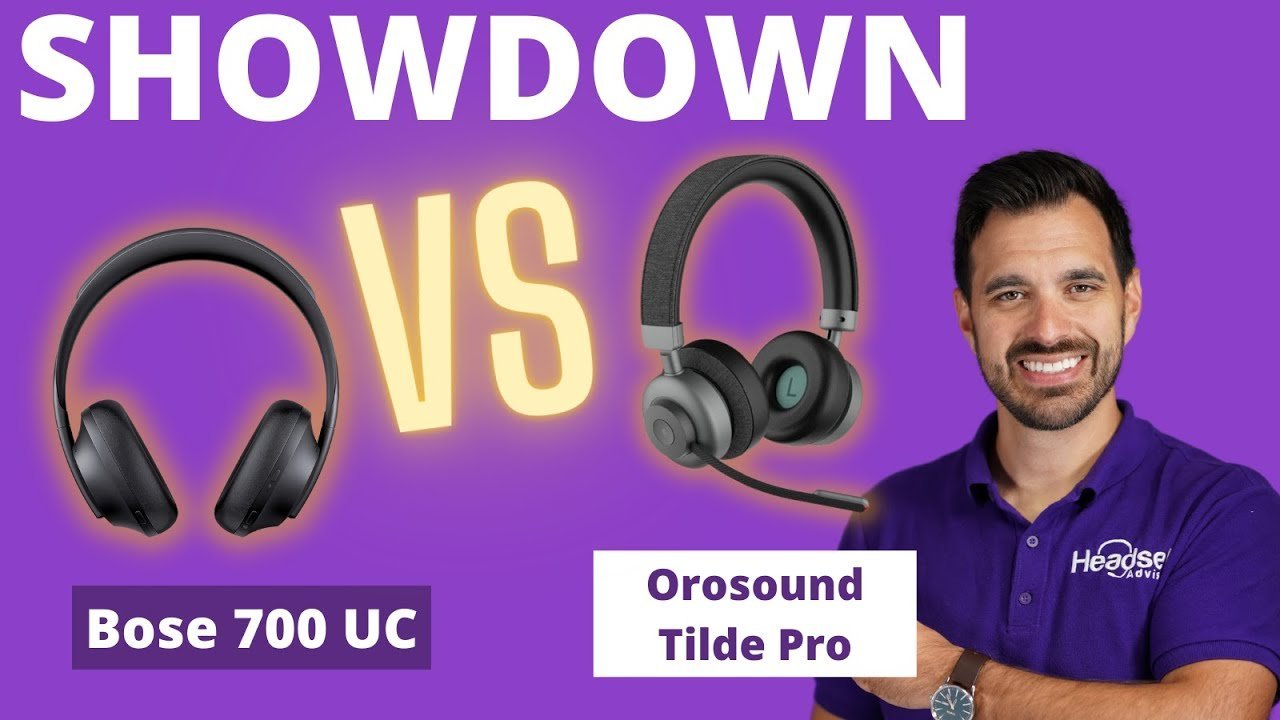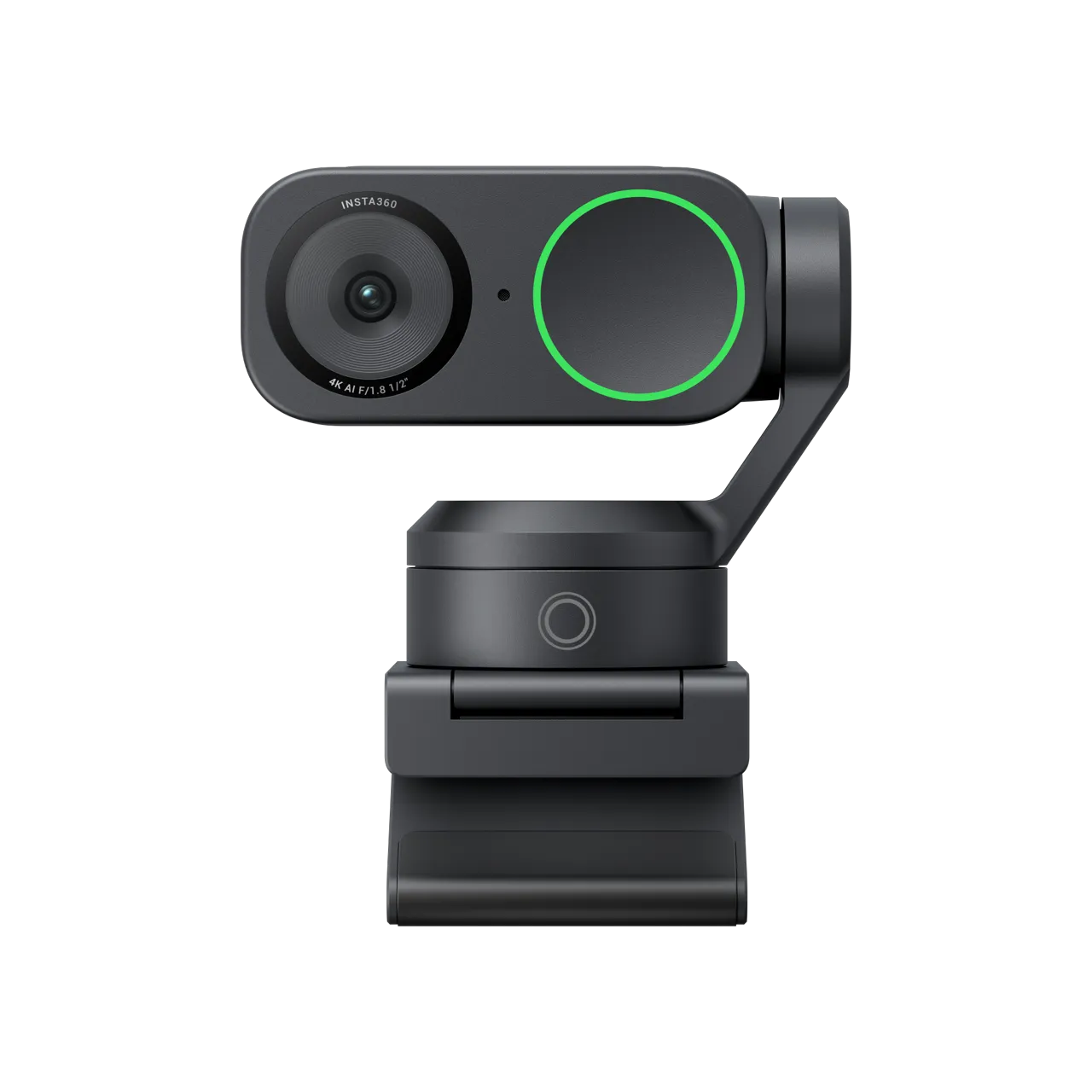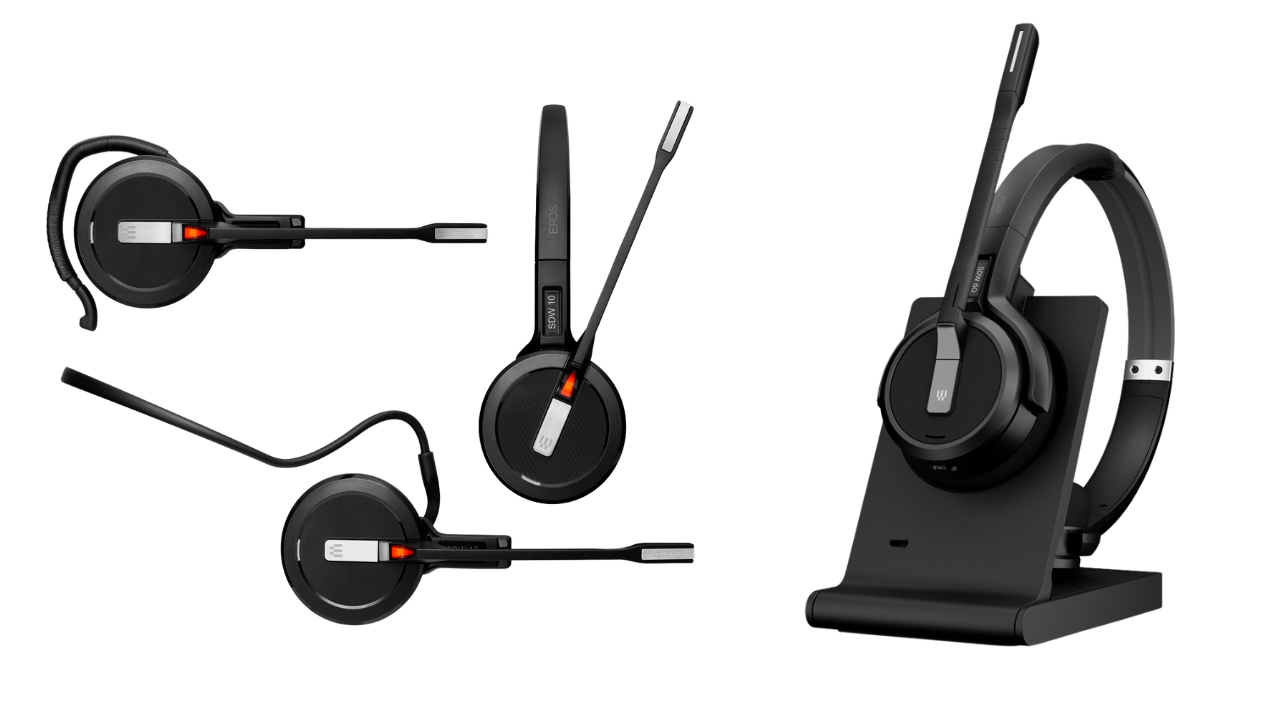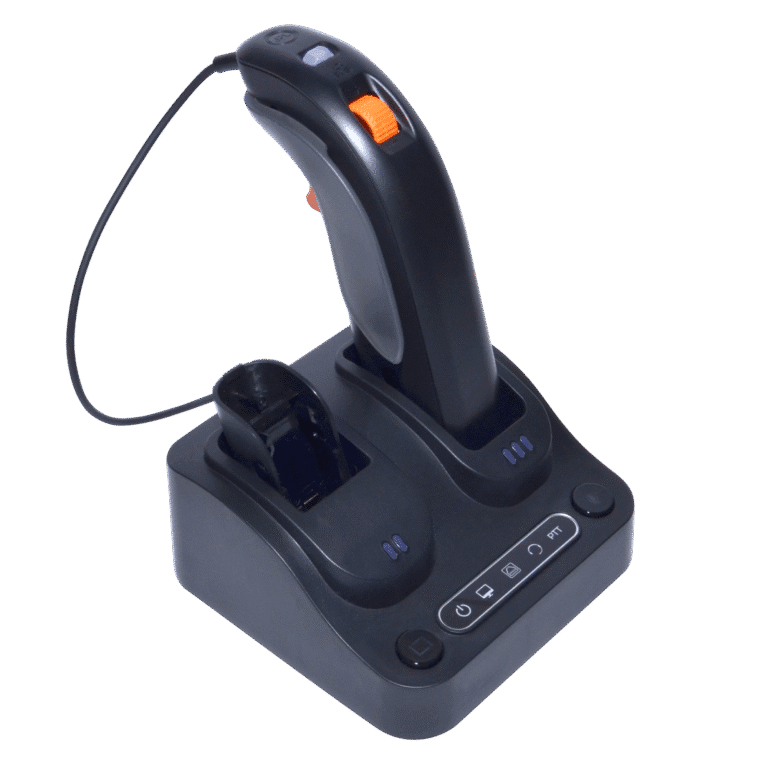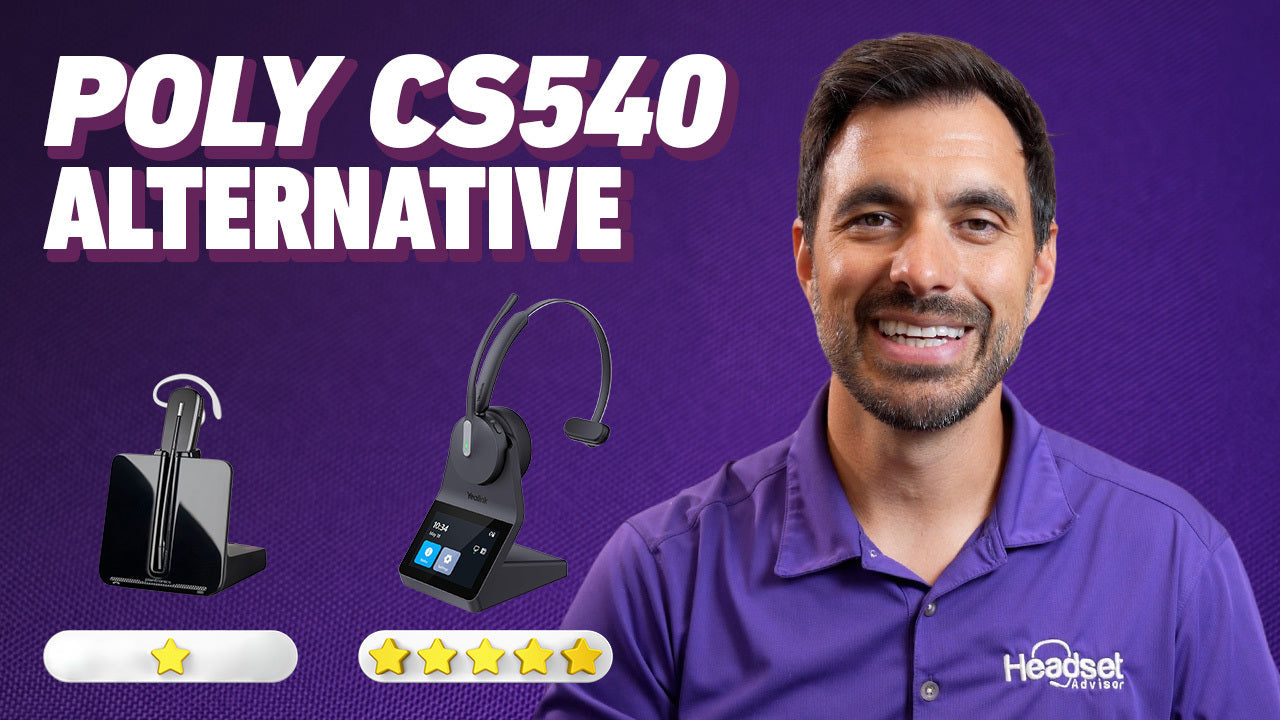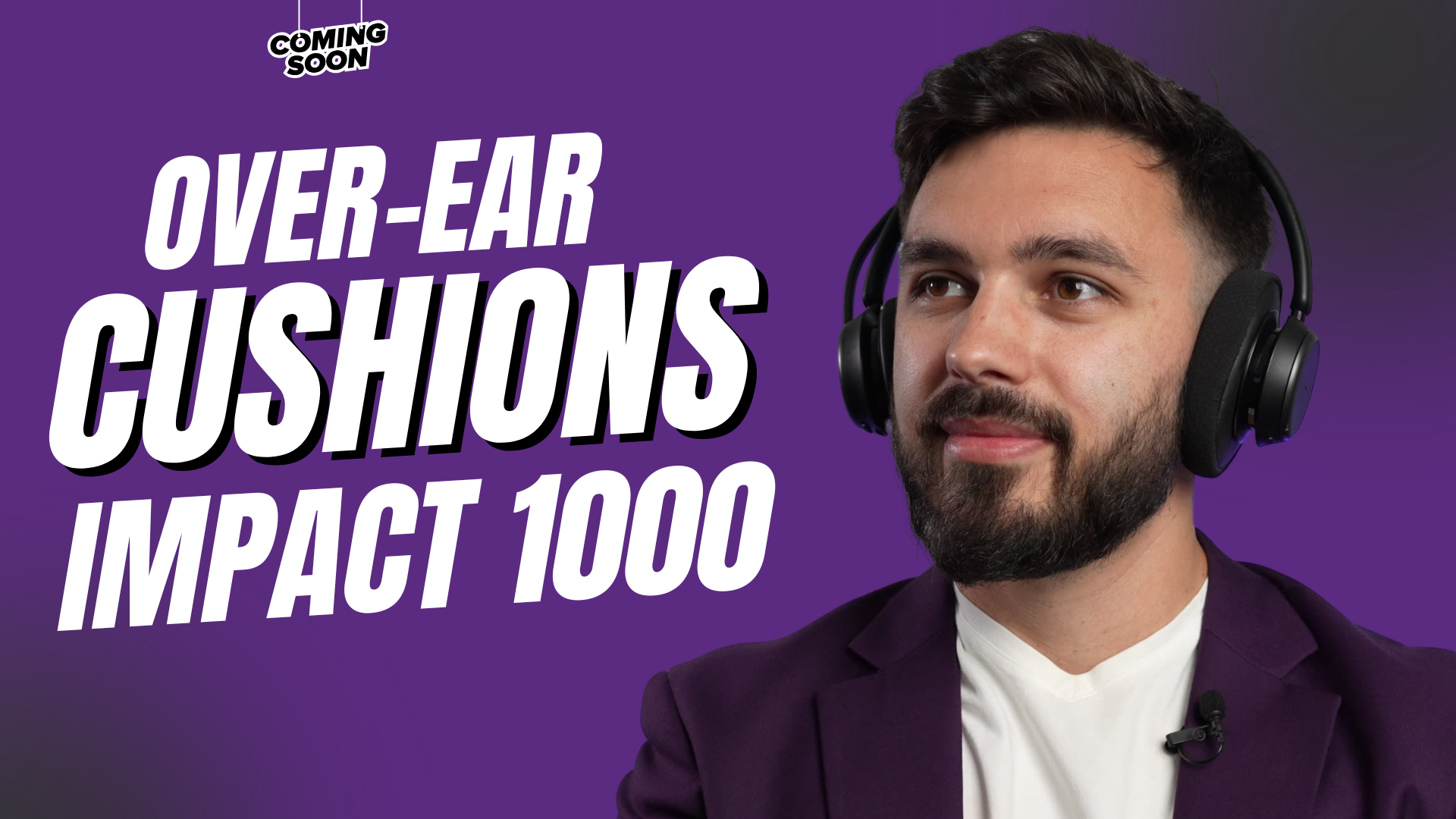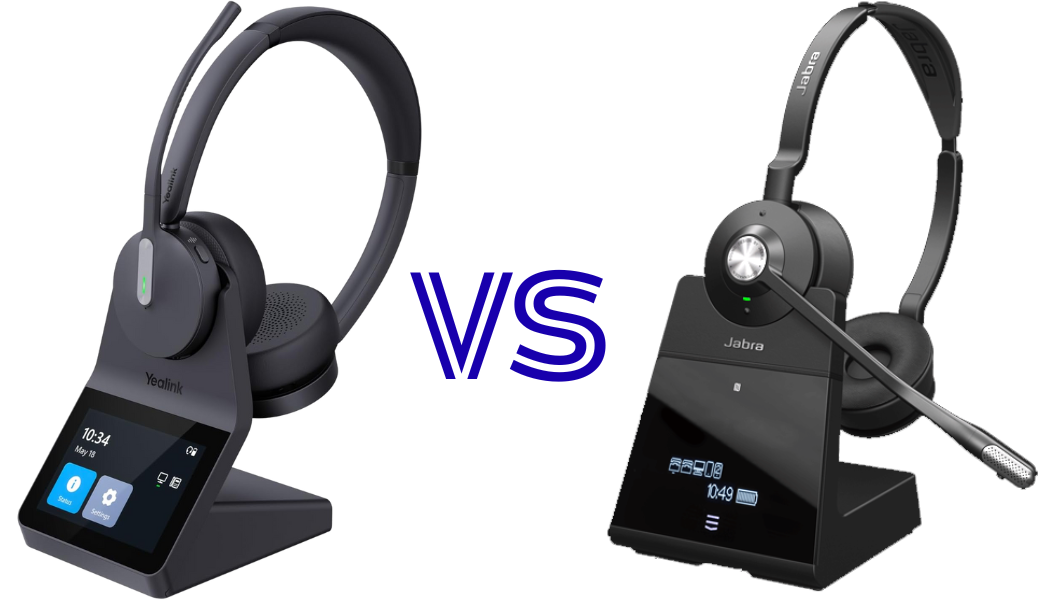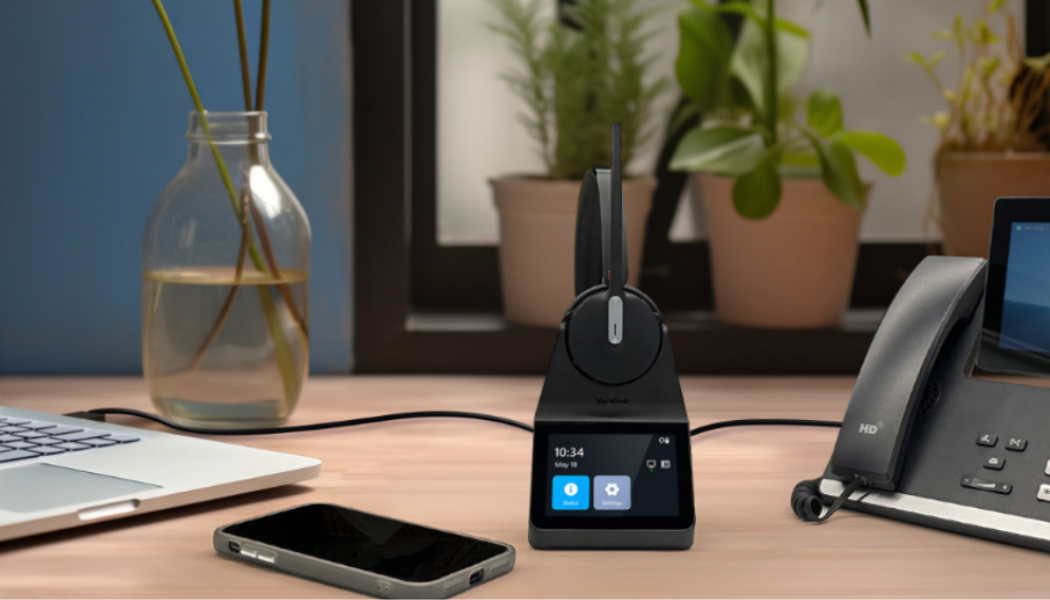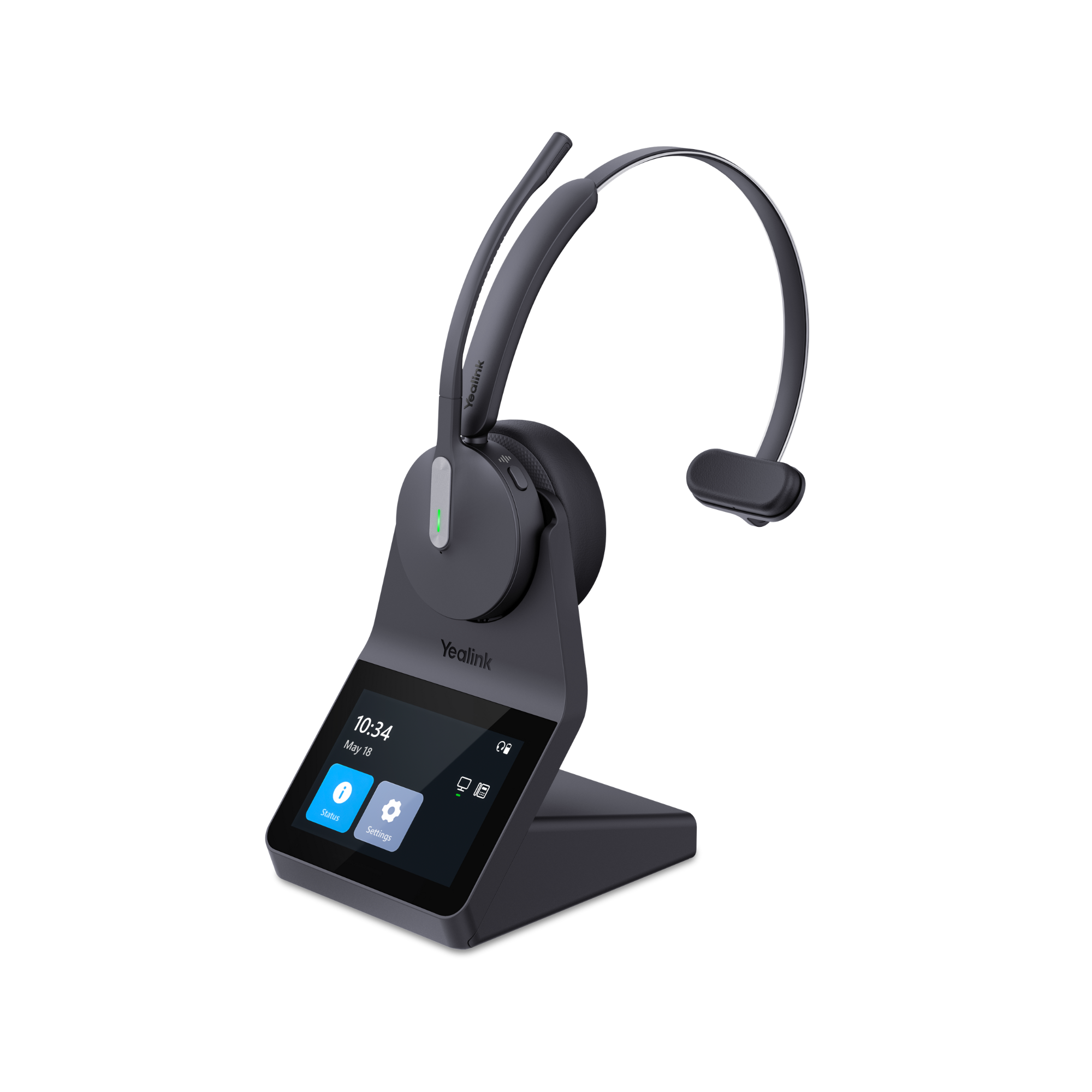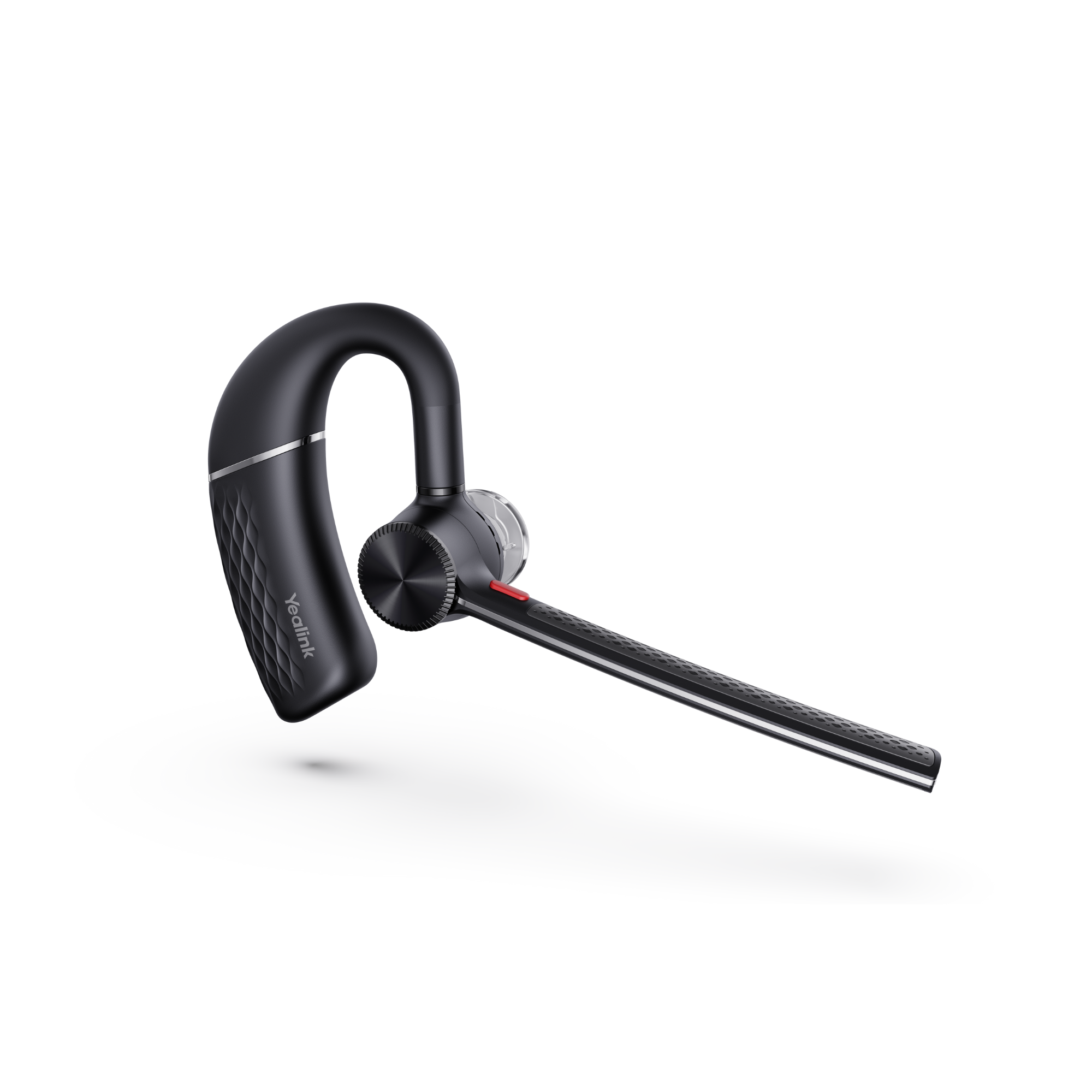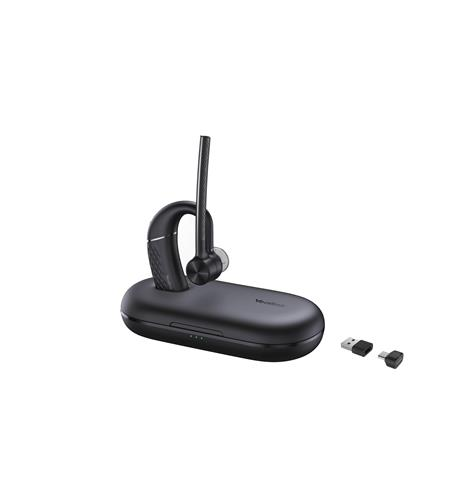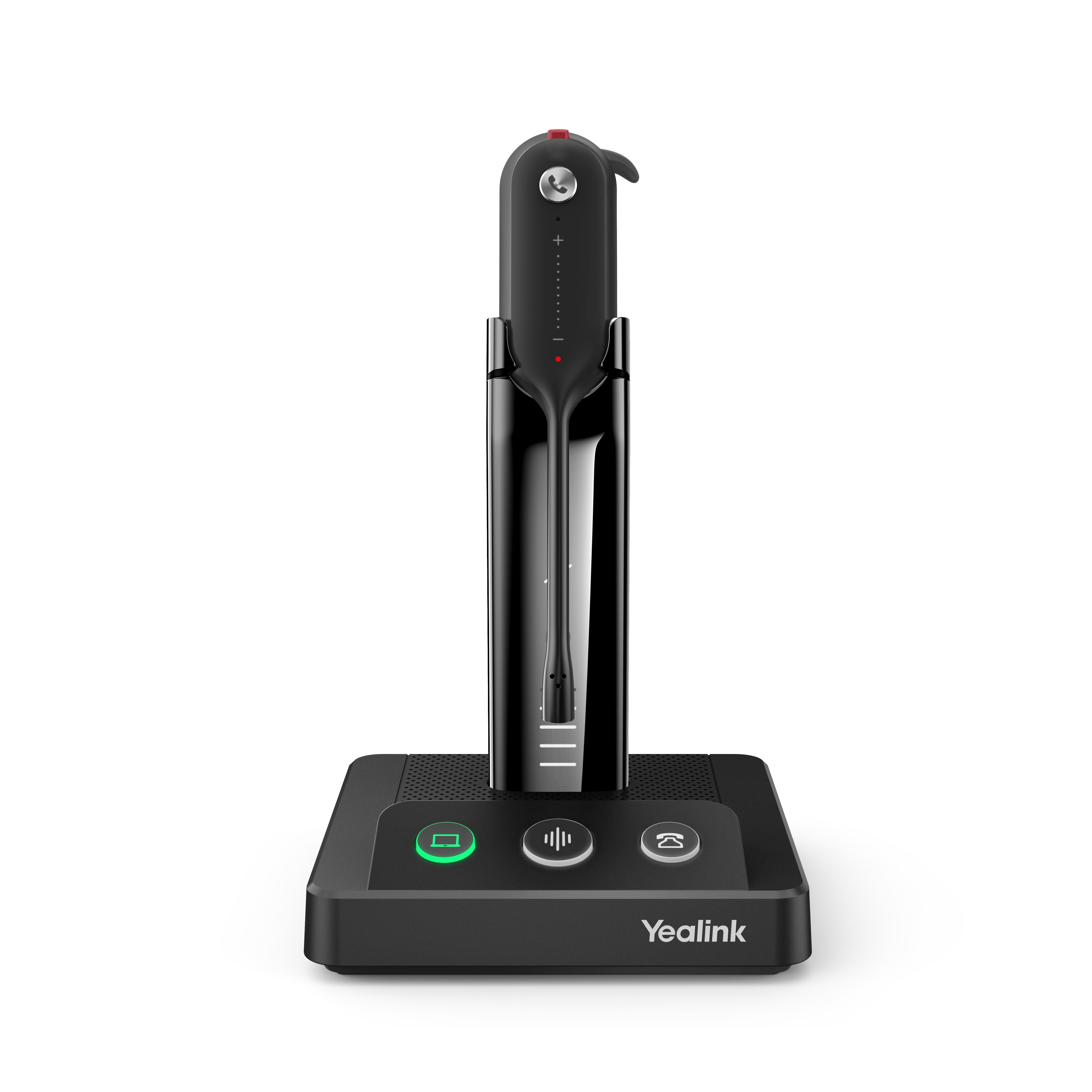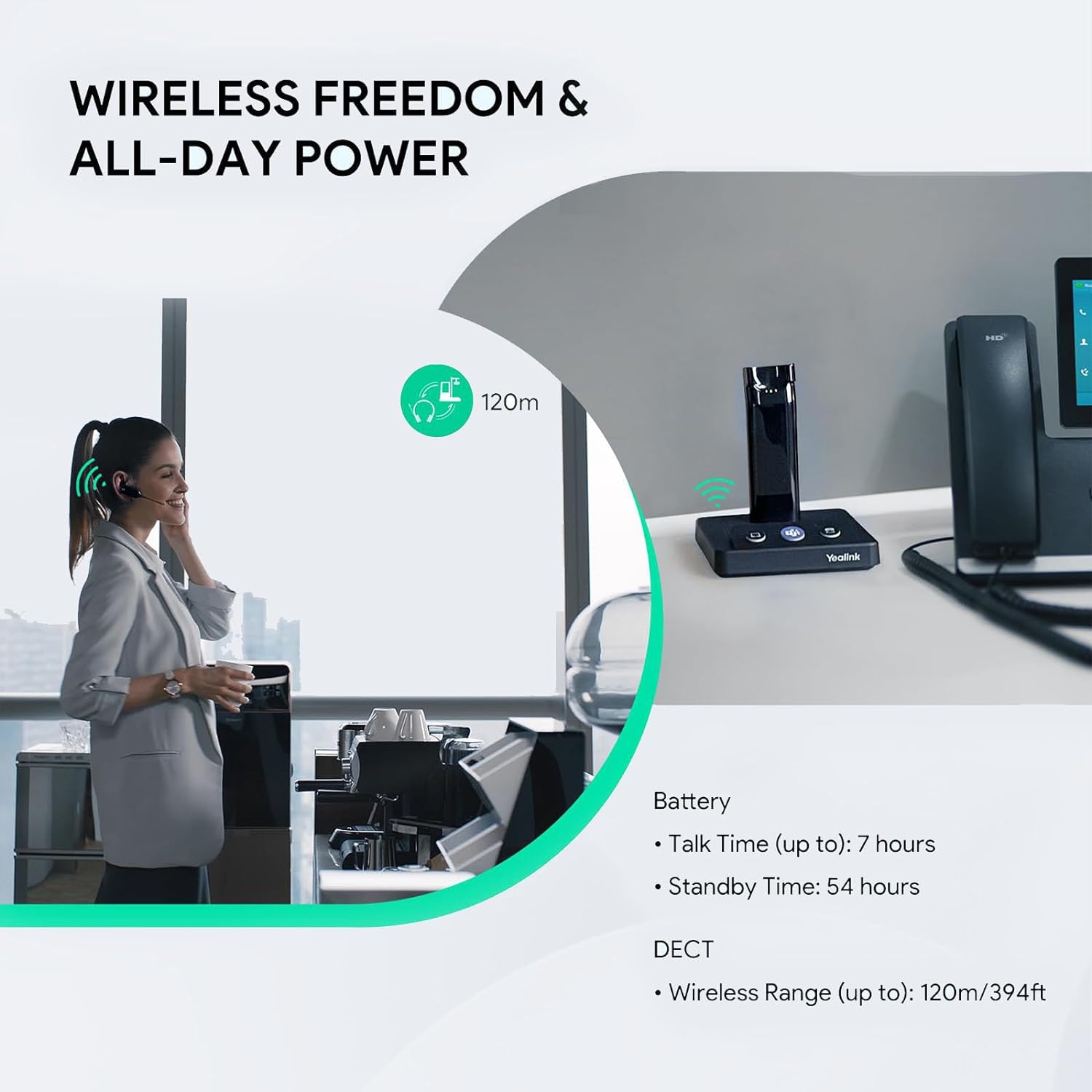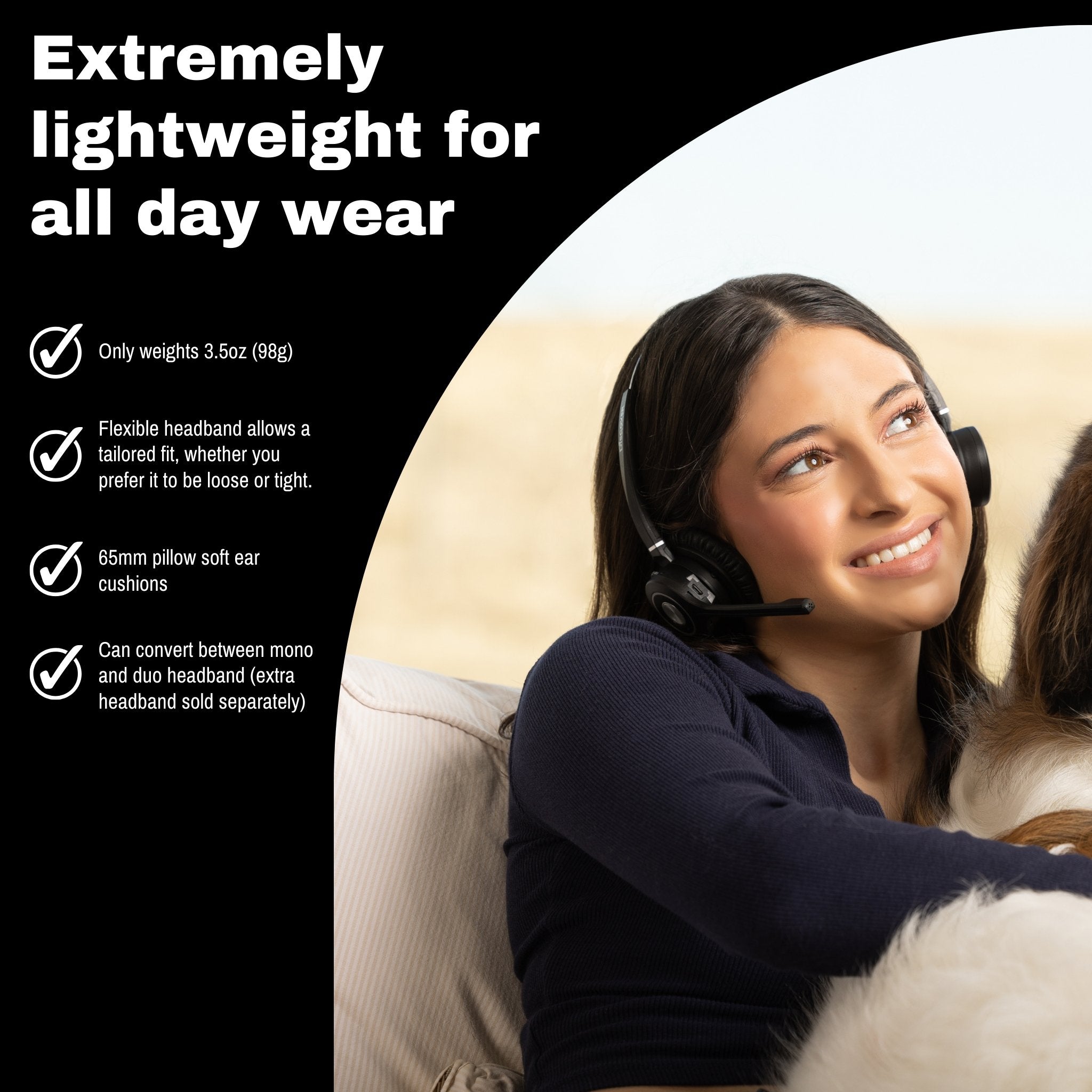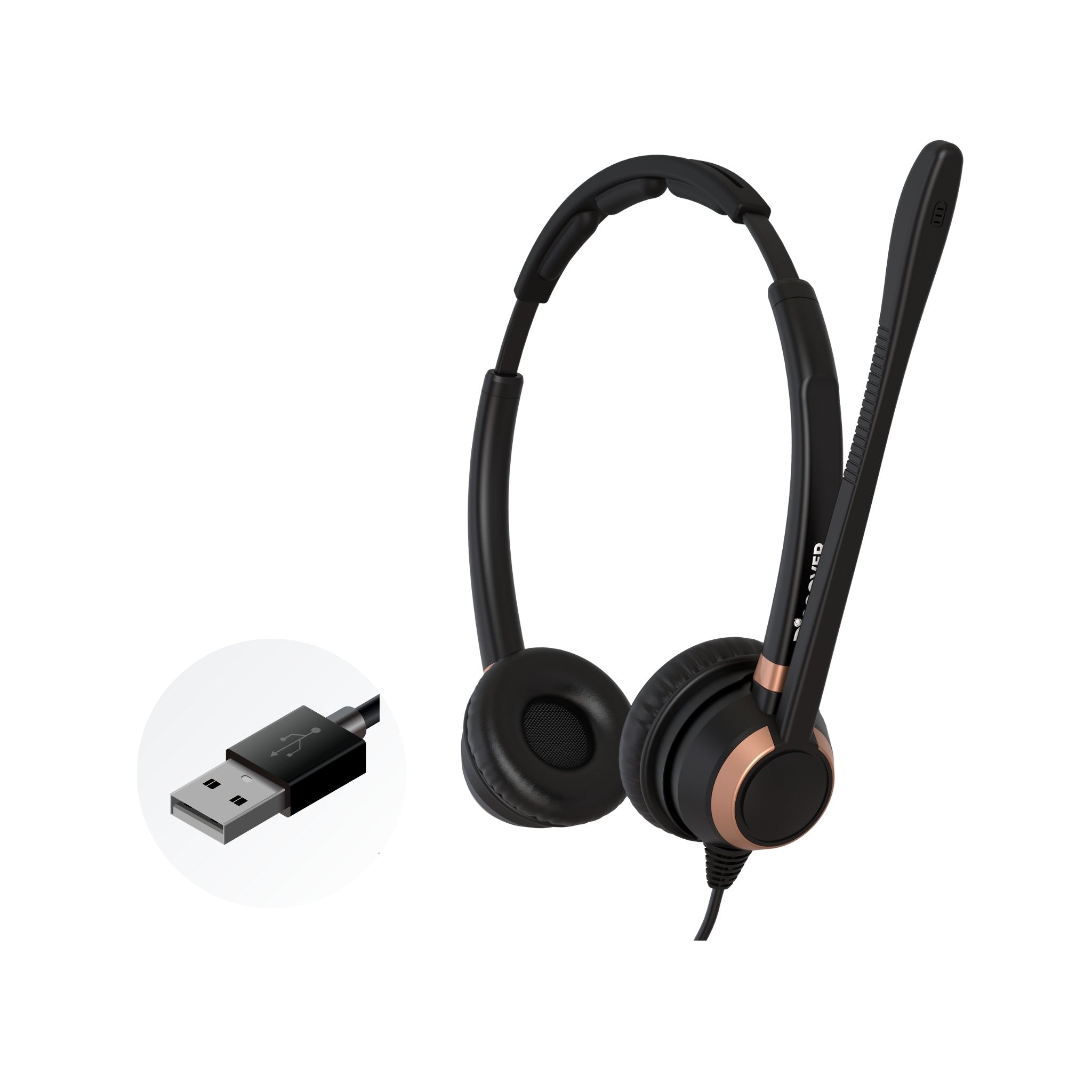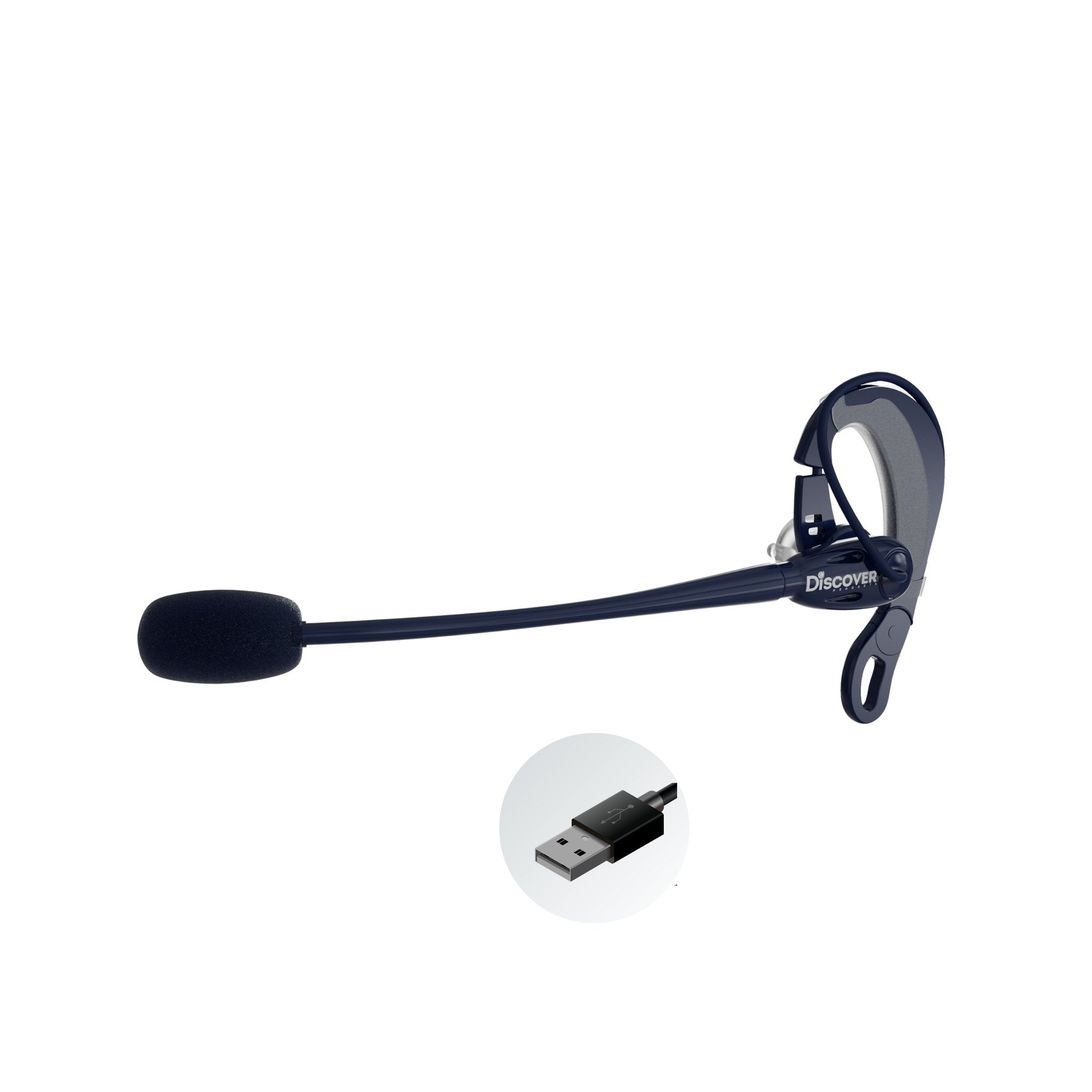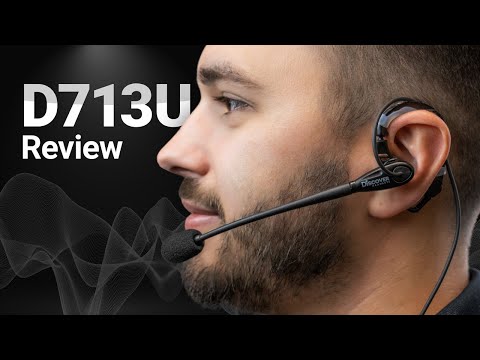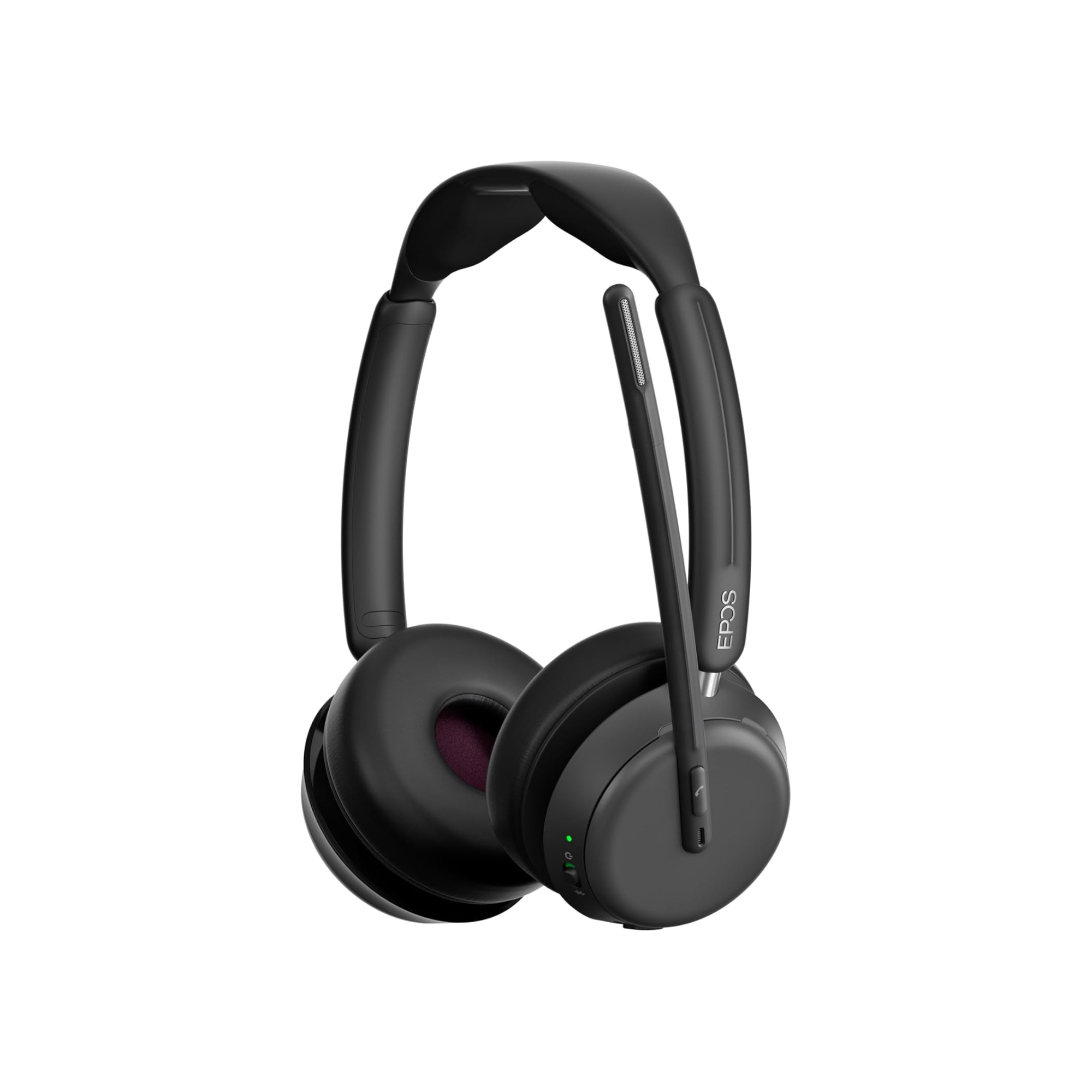Who doesn’t know the name Bose? I feel pretty safe in saying, most people recognize that name and associate it with quality audio products. And, I’d have to say that name recognition is one that’s been earned, and rightfully so.
Recently, Bose expanded their line to include Bose headphones for both work and play. One of these products is the new Bose 700 UC.
There’s another company from France that also came out with a new headphone product that is also designed for the working professional, and those who want a great audio experience. I’m referring to the Orosound Tilde Pro.
One of the things that makes the Tilde Pro unique when compared to most other brands is it’s designed as well as manufactured in France. It’s pretty hard these days to find things that aren't manufactured in Asia. The Tilde pro is one of those products.
In this blog I’m going to compare both of these models to see how they stack up against one another, and I’ll also provide you with a video where I do a microphone test.
I’ll test them to see how they sound when talking, and I’ll also see how well they do to combat unwanted noise such as office noise, dogs barking and of course, no audio test would be complete without our signature blender test.
Todays Best Deals Bose 700 UC : View at Headset Advisor
Today Best Deals Tilde Pro: View at Headset Advisor
Use coupon BLOG at checkout for the best deal.
Watch the in depth review showdown + mic comparison
If you do watch this video, and if you find it to be helpful, I’d appreciate it if you’d hit the like button. If you’d like to see more content like this, and be notified of the details of our weekly free technology products giveaway, make sure to hit the subscribe button. It really helps to support our channel, and allows us to continue producing this kind of content.
If you find yourself in the position of having to decide between the Bose 700 and the Orosound Tilde Pro, which one makes the most sense? Which one is the better value?
- Also read: Forbes thoughts of the Orosound Tilde Pro
Which one is best for you?
None of these questions can be answered until you have the answers to a few questions beforehand. Questions such as:
- How do I plan on using this new headset?
- Will I use it mostly for media (Youtube, music, Podcasts etc)
- Will I use it mostly for business purposes (Zoom, Teams, Meet, RingCentral etc)? 4. How much money do I have available for this purchase?
- Am I willing to consider a brand that I’ve not heard of before?
- Are longer warranties important or of interest to me?
These are just a few of the questions that should be answered if you want to make a good buying decision.
Below are some side-by-side features comparisons which can help you to see how these two headsets match up. This should make it easy to see which model has the edge in these various categories.
Bluetooth version
Bose - Bluetooth version 5.0
Orosound Tilde Pro - version 5.0
At the time of writing this, the latest version of Bluetooth is v5.2. In checking on the differences between v5.0 and v5.2, it appears that v5.2 pairs faster, and helps to extend the battery life. Otherwise, they appear to be very similar.
Both headsets being compared here use the same version of Bluetooth, so neither model has an advantage over the other.
Ear cups

Bose - around the ear design
Orosound Tilde Pro - around the ear + on-ear is available
The size and shape of ear cups and ear cushions do vary from model to model, and brand to brand. In this comparison the Bose 700 comes with ear cushions that completely encircle the ear. No other ear cushion sizes are available.
The Orosound Tilde Pro gives you the choice of ear cushions that encircle the ear, or those that go against the ear. It’s nice to have a choice because not everyone wants their ear completely covered. In environments that are loud and noisy, having the ear completely covered does help to eliminate unwanted sound.
This is referred to as passive noise reduction. But, a lot of people work in places where noise isn’t an issue. For those people, fully enclosed ears wouldn’t be necessary. So again, it’s nice to have the choice.
Connectivity
Bose - computer and mobile devices
Orosound Tilde Pro - computer and mobile devices
When it comes to connectivity, the Bose 700 has an edge over the Tilde Pro. That’s because the Bose 700 comes with a USB Dongle/Adapter they call the Bose USB Link Bluetooth Module.
A headset that uses a USB Adapter can provide better audio quality, longer wireless range, the ability to answer and end calls while away from the desk and an overall better experience. The audio quality is tested in my video, so if you want to hear how they both sound, and compare, make sure to watch.
The Tilde Pro connects to computers and mobile devices via Bluetooth. One advantage the Tilde Pro has over the Bose 700 is it can be used as a wired or wireless headset. More on this under the heading of being able to be used as a wired or wireless headset.
- Also watch: Bose 700 UC in depth review video
Battery / talk time
Bose - 20 hours - 15 minutes = 3.5 hrs - full charge in 2.5 hours
Orosound Tilde Pro - 28 hours - 15 minutes = 7 hours - 50% in 30 minutes - full charge in 2 hours
I’d give the advantage to the Orosound Tilde Pro here. Not only do you get a longer, more robust battery that gives you more use time, but when it comes time to recharge it, the Tilde Pro gives you a faster charge.
As you’ll notice, the Bose 700 gives you 7 hours of use following 30 minutes on the charger where the Tilde Pro gives you twice that at 14 hours for the same charge time.
A full charge on the Bose 700 requires about 2.5 hours for 20 hours of talk time, where the Tilde Pro requires 2 hours of charging for 28 hours of talk time.
Wireless range
Bose - up to 33 feet
Orosound Tilde Pro - up to 65 feet
This is another category that belongs to the Orosound Tilde Pro. The Bose 700, according to their specifications, gives half the wireless range of the Orosound Tilde
Pro. The Bose 700 is rated to provide up to 33 feet of wireless range. By comparison, the Tilde Pro is rated up to 65 feet. In my tests the Tilde Pro has actually tested further than 65 feet which is really good for a Bluetooth headset.
Headset weight
Bose - 8.6 ounces
Orosound Tilde Pro - 8.7 ounces
Not much difference here. In fact, they’re nearly identical as to how much they weigh. And, when it comes to headsets of any kind, weight does matter. After all, this is a device that’s worn over the head, and maybe even for 8-10 hours straight. At the mid 8 ounce weight area, these headsets are in the mid tier as far as headset weight goes. You’ll find some that are lighter, with others that weigh more than these.
When you place either of these headsets on, you’ll find both to feel lightweight and comfortable. The bose has a nice, snug fit and the encircling ear cushions surround your ear with soft padding and a barrier to protect you from outside noise.
The Orosound Tilde Pro also feels nice when worn. And, the different sizes of ear cushions give you a choice between those worn against the ear, and those that fully encircle them. Having a choice like this helps you to find the type of cushion that’s most comfortable for you.
If I was to choose one in this category, I would select the Orosound Tilde Pro simply due to the fact that you have a choice for ear cushions. That aside, I’d say it’s a wash.
Microphones
Bose - 4 noise cancelling microphones
Orosound Tilde Pro - 6 voice first noise cancelling microphones - removable boom
In the area of microphones, the Tilde Pro has the edge over the Bose 700. Not only are you treated to more microphones, but you have the ability to easily remove the magnetic boom mic. This would be useful for those times when you’re listening to music or a Podcast for example, where the need for a boom microphone isn’t required.
Should you find yourself on a video call or Softphone call, simply attach the microphone boom which is magnetic and connects effortlessly. A boom mic will give you a higher level of noise reduction.
I ran both of these headsets through the paces by throwing dog barking sounds as well as typical office noise, and finally I turned on a blender that was a short 3 feet away.
Honestly, both headsets did a great job to not only pick up my voice, but to reduce all that noise. Though neither the Bose 700 or the Orosound Tilde Pro will reduce 100% of that unwanted noise, they did a very respectable job to manage it and keep the call sounding good.
The nod goes to the Tilde Pro largely due to addition and subtraction. That is, addition of the boom microphone when needed, and subtracting/removing it when it’s not.
Hear surroundings without need to remove headset
Bose - Conversation mode provides this feature
Orosound Tilde Pro - Aware + mode provides this feature
Neither model has an advantage here because both the Bose 700, and the Orosound Tilde Pro have the ability to hear conversations and room sound when desired by activating, or deactivating the feature.
This is a nice feature to have because if you find that you get regular interruptions, it eliminates the need to continuously remove and then put the headset back on. Over the course of a day, that can become another one of those irritations you have to deal with. Instead, leave the headset on, press a button on the headset when you want to have a quick conversation, or hear your surroundings. Makes a lot of sense don’t you think?
Active Noise Cancellation
Bose - Yes, 11 levels
Orosound Tilde Pro - Yes, 10 levels (up to 30db reduction of noise)
If we’re keeping count, then the Bose 700 has the edge in this department, albeit a razor thin one at that. Still, for all practical purposes, they are essentially the same. Both give you many levels of adjustability so you can fine tune the amount of noise you want to remove from your environment. For those times when you really need to focus, you can turn up the filter so you end up in the concentration zone. Or, if you want to hear a little bit of the sound around you, that’s as close as your finger tip.
Active Noise Cancellation, or ANC for short, is a very helpful feature because distracting noise is known to be the leading cause of reduced productivity. To have control over the amount of noise you hear is extremely helpful in optimizing your work productivity. Both of these headsets give you that control.
Integrated Busy Light
Bose - No, no busy light available
Orosound Tilde Pro - Yes, standard feature
What’s the real value of having an integrated, visible busy light? A lot of fluff? Not really. You see, when you’re in the middle of a call, or just want to be left to concentrate, and you get interrupted, it can take up to twenty minutes to regain that degree of focus. It sounds a bit far fetched, but that’s what the stats show.
With this in mind, doesn’t it make sense to minimize, or even eliminate interruptions? It absolutely does. The Orosound Tilde Pro has a red LED that lights up when you’re on a call or busy. This light lets those around you know that you’re unavailable, and shouldn’t be interrupted.
Anyone who’s used a headset without an integrated busy light knows how often, and how consistent interruptions occur. It’s better to have one than not.
USB Dongle/Adapter
Bose - Yes, Bose USB Link Bluetooth module
Orosound Tilde Pro - No USB Dongle/Adapter at this time but should be available in 2022.
The Bose 700 comes with a USB Adapter, which is great. At this time, the Orosound Tilde Pro does not. It’s my understanding that the Tilde Pro will have a USB Adapter available soon.
The value of this adapter is remote call answering for several applications. Without this device, you cannot answer or end calls when away from your desk. For many people, that’s an important feature. This gives the Bose 700 an advantage in connectivity over the Tilde Pro. At least for now it does.
The other benefits of having a USB Adapter is longer wireless range, and a more steady, reliable connection. Though the Bose 700 may benefit from longer wireless range via the USB Adapter, it isn’t enough of a bump to get it anywhere near the range of the Tilde Pro.
The Bose 700 is rated at 33 feet, where the Tilde Pro is rated at up to 65 feet. However, if you were to compare headsets that had the same wireless range rating, one with a USB Adapter, and one with Bluetooth connectivity, you’d then have the advantage that is promised by use of this device.
Able to be used as wireless OR wired headset
Bose - No, wireless only
Orosound Tilde Pro - Yes, can be used as a wireless, or wired headset - cable included
People who use wireless headsets love them. They love the fact that they don’t have a wire to tether them to their desk. They love the wireless freedom to grab a cup of coffee, a snack in the breakroom, or a quick impromptu conference with a nearby coworker.
When the battery in the headset begins to die, the only normal option is to start the recharge process. In the meantime, most wireless headsets are unable to be used while being recharged. That’s beginning to change.
A few models of wireless headsets today allow you to plug in a USB cable to the headset and to a computer to recharge it. And, while recharging the battery, it can continue to be used. That’s a very useful feature, one that comes standard with the Orosound Tilde Pro, and unavailable on the Bose 700.
The advantage here belongs to the Tilde Pro.
Price
Bose - $449.95
Orosound Tilde Pro - 4 models available starting at $329.99 to $399.99
Price is always like that big elephant in the room. You can have the most comfortable headset that has all the features you want and need, but if the price is too high, and out of your budget, then it likely won’t be a consideration.
The Bose 700 is a premium headset, and the price is reflective of that. Bose has earned that reputation over the years, and deservedly so. The 700 is made using quality materials, and it has premium features throughout. And the sound quality is everything you’d expect in a Bose product.
The Orosound Tilde Pro is a premium headset too, and it gives you a few different price points to consider based on the model selected. It’s nice that it’s modular. This allows you to buy the lower priced model, and then, when you want, or when the budget allows, you can add the removable microphone boom and/or the oversize ear cushions.
Warranty
Bose - 1-year
Orosound Tilde Pro - 3-years
Longer is always better when it comes to wireless range and warranties. The Orosound Tilde Pro has a clear advantage over the Bose 700. I’m a bit surprised that the 700 only
comes with a 1-year warranty given the price. Other headsets that compete in this space typically have a 2-year warranty. In order to be better aligned with other brands in this price range, I feel Bose needs to increase their warranty to at least 2-years.
One reason for the 1-year warranty may be attributed to the fact that Bose products have been directed more to the consumer market rather than at the business market. Consumer products commonly carry a 1-year warranty, and maybe that’s the root of this warranty.
There is a sense of comfort that comes from having a longer warranty period. The Tilde Pro does help to put one’s mind to ease knowing that the product is covered by a lengthy 3-year warranty. This is particularly meaningful for a product that hasn’t yet achieved name recognition. The Tilde Pro will earn it’s reputation in time, but until then, you have peace of mind for a full 3-years.
Final Thoughts
As I mentioned in the beginning of this blog, the choice between the Bose 700 and the Orosound Tilde Pro will come down to what your needs are, and what your budget can support.
If your needs are mostly for things such as listening to music, listening to Podcasts, watching movies or Youtube videos, with some business applications, then the Bose 700 sounds like a better match over the Tilde Pro. The Bose 700 will give you a better listening experience, and the microphones do an admirable job to pick up voices, and a respectable job to eliminate background noise.
On the other hand, if you determine that your needs are primarily business applications such as video conferencing calls (think Zoom), computer based phone calls from apps such as RingCentral, or maybe you use Microsoft Teams. If this sounds like you, and you want to mix in some music during the day, then the Orosound Tilde Pro is a far better choice.
The Tilde Pro reduces background noise better when compared to the Bose 700. When on business calls, that matters. You want your callers to hear you, and not the distractions going on around you.
The Tilde Pro gives you more versatility in configurations, by allowing you to interchange ear cushions, and remove the microphone boom when it’s not needed. These are unique features you won’t find on any other headset.
Additional premium features of the Tilde Pro
- Active Noise Reduction.
- Integrated busy light.
- Aware + mode to hear your surroundings when desired.
- Vocal commands for Apple Siri, and Google Assistant.
- Longer battery life and faster charging.
These are a few reasons why this headset is well worth your time to consider.
Additionally, you’ll pay less and you’ll have a much longer warranty. Both the Bose 700 and the Orosound Tilde Pro are both high quality headsets. When used for the applications that they were designed for, you can expect both to perform well with features to allow you to sound great, and comfort to get you through a busy day.

